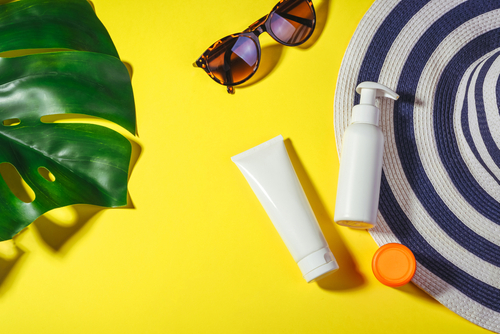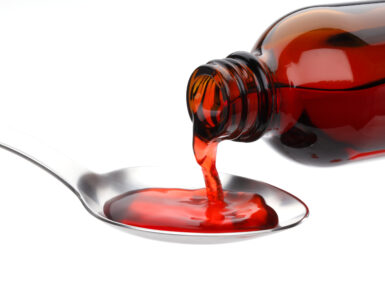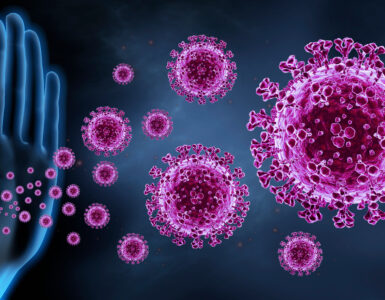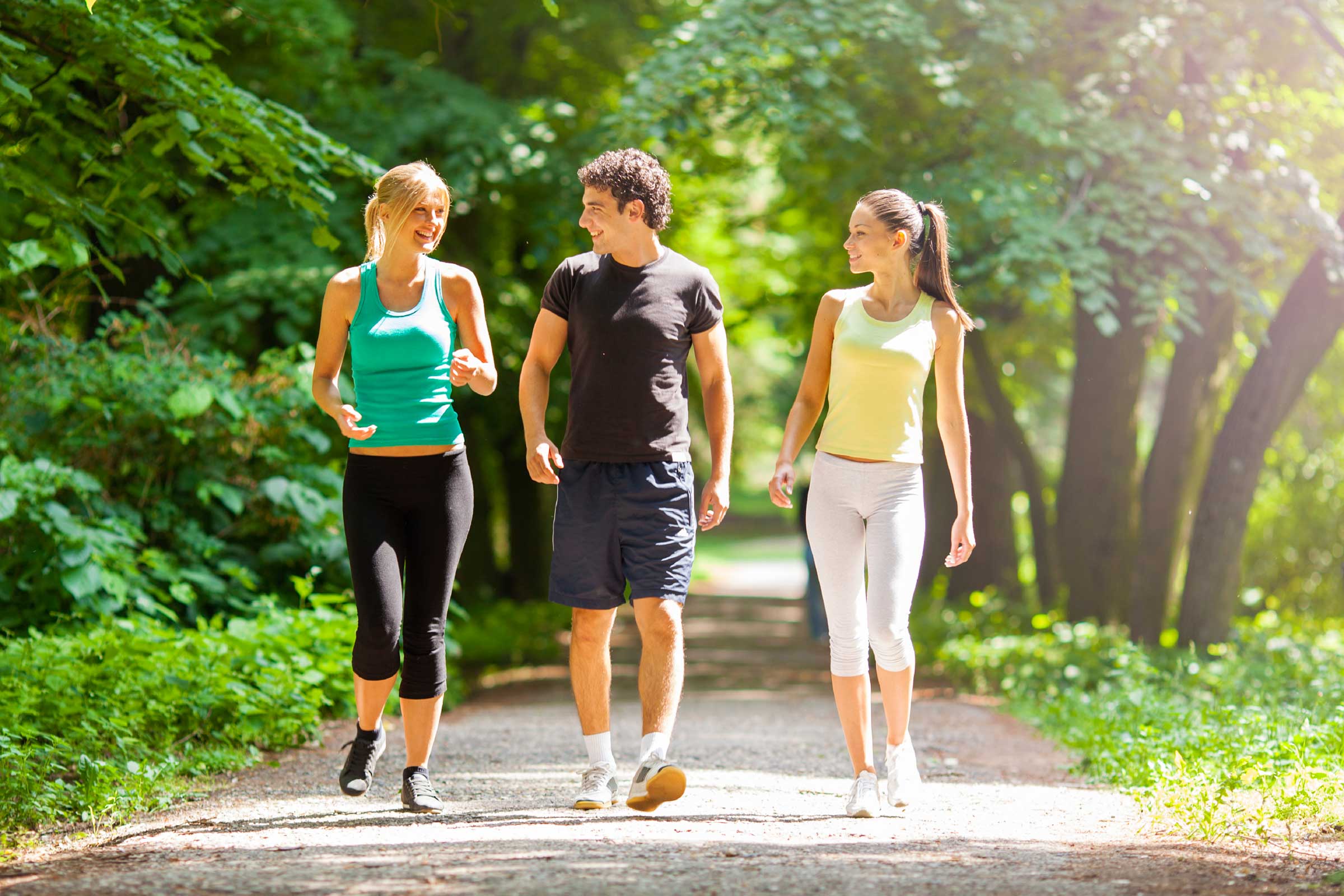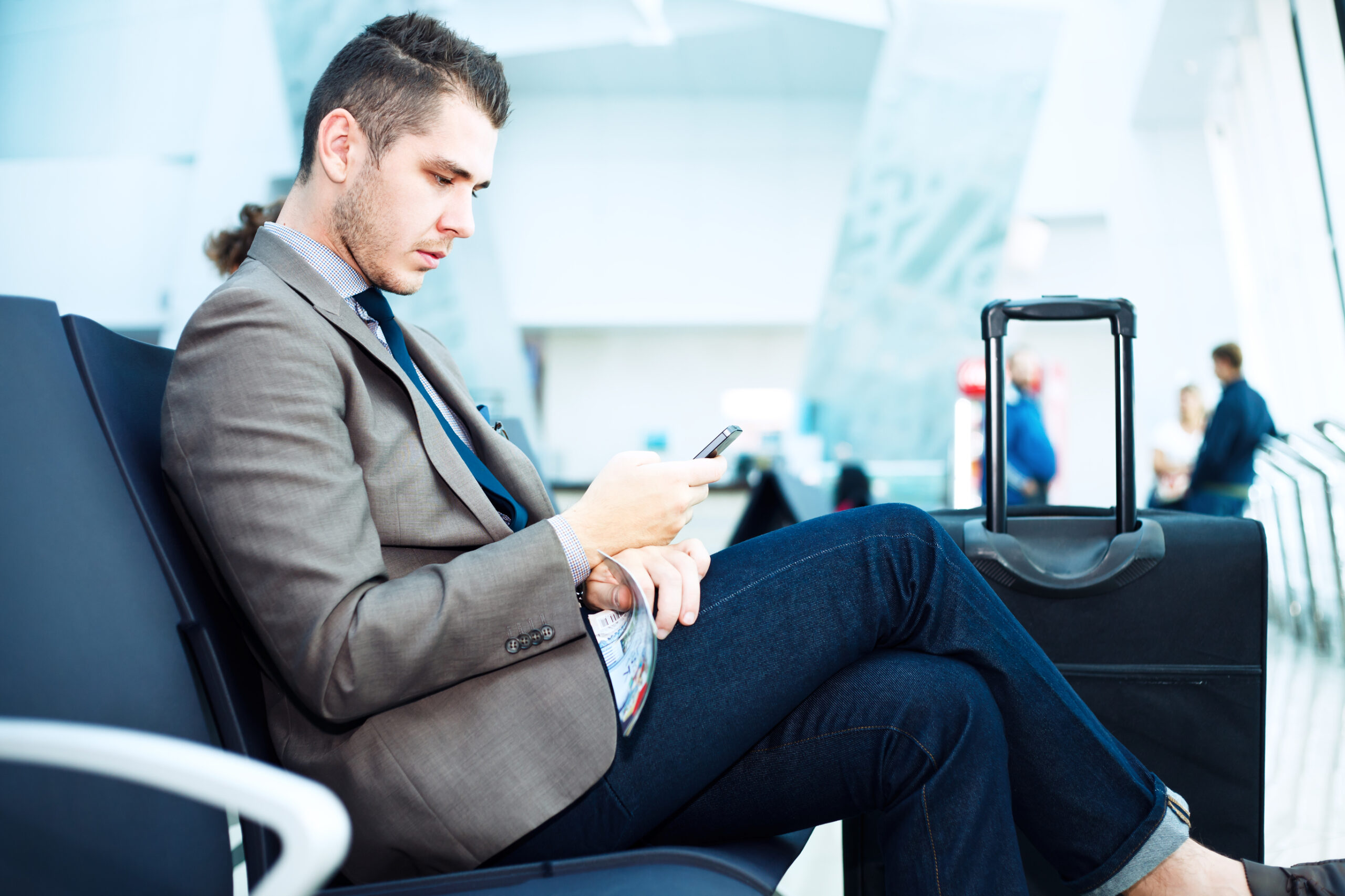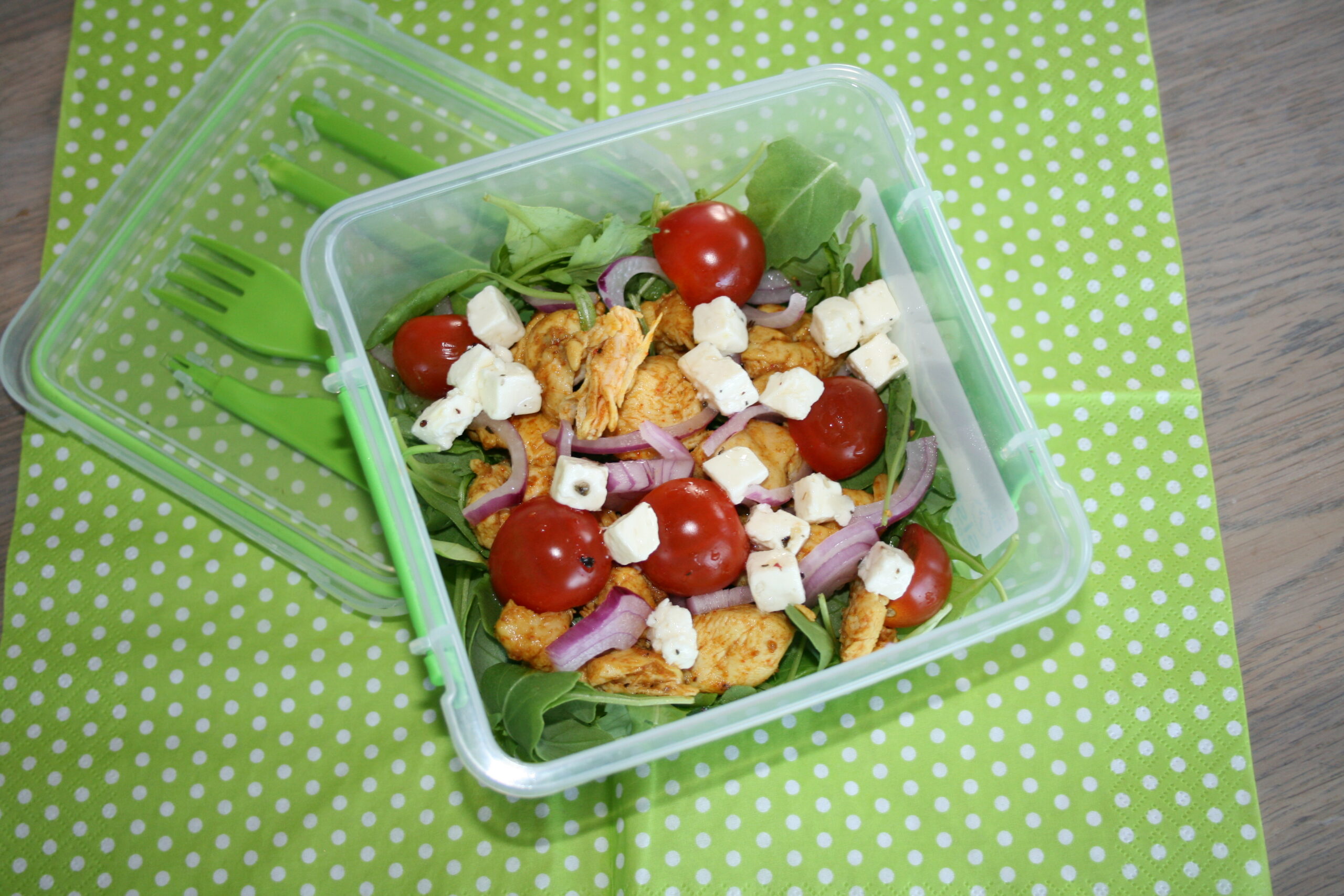By: The expert team of “Heilsuvera” in Iceland
The sun is the phenomenon that makes it possible for us to live here on earth. It warms us, gives us energy, light, and when it shines on the skin, the skin produces vitamin D, which is necessary for us. But the sun can also burn. Skin has a natural protection against the sun’s rays, which it gradually builds up when we are out in the sun. The skin darkens and this causes us to tolerate the sun longer.
People’s skin varies in how prone it is to sunburn. We often talk about four skin types:
 This applies to adults. Children’s skin is more sensitive to the sun and infants with fair or light brown skin should never be exposed to the sun.
This applies to adults. Children’s skin is more sensitive to the sun and infants with fair or light brown skin should never be exposed to the sun.
On hot sunny days there is also the possibility of damaging the eyes, overheating and dehydration. Then it doesn’t matter what the skin type is. Children are especially prone to these complications of the sun.
Ultraviolet radiation

- No risk
- Low risk: Means you don’t have to worry about getting sunburned even if you’re exposed outside.
- Medium risk: Means it is safe to be outside without protection in the sun for one to two hours. People with sensitive skin should use sunscreen with a protection factor of 15. Good to use sunglasses.
- High risk: Means that there is a risk of burning in 30 to 60 minutes exposed to the sun. It is best to protect yourself from the sun with light clothing, a sun hat, sunglasses and apply sunscreen to the areas that are not protected by clothing.
- A very high risk: Means that you will burn in 20 to 30 minutes if you are exposed to the sun. It is best to stay out of direct sunlight and protect yourself from the sun with light clothing, a sun hat, sunglasses and apply sunscreen.
Proximity to water amplifies the sun’s radiation, and being on snow in the sun doubles the radiation. In these conditions, caution is especially needed, but even if the sun is not shining, people can get burned in the snow. In Iceland, the UV index is rarely higher than 6.
Sun protection:
Methods to protect yourself from the sun’s harmful rays:

- The best way is to wear light, light clothes on hot sunny days and don’t forget a sun hat if you are outside for a long time. People living in sunny countries have adapted to stay indoors or in the shade during the brightest hours of the day to avoid the sun’s rays. When travelling to sunny countries, it’s a good idea to pick up on local customs in this regard and seek shade during the hottest time of the day.
- It is best to be active in the sun. The worst thing is to lie still and let the sun shine continuously on the same part of the body.
- Use CE marked sunglasses with wide arms.
- Use sunscreen as needed. Here you can read more about sunscreen.
Why avoid sunburn?
There is a strong link between getting sunburned and getting skin cancer later in life. Skin cancer is the most common cancer in Iceland. Their frequency has increased so much in recent decades that it is said to be an epidemic. The most dangerous type of skin cancer is melanoma, and according to the Icelandic Cancer Registry, there are about 500 Icelanders alive who have had this type of cancer.
The reason for the increase is probably to be found in increased free time and more frequent trips by Icelanders to tropical areas. It is clear that the number of such trips is not decreasing, and therefore there is good reason to remind people to be careful in the sun. There is a clear connection between getting sunburned as a child and getting melanoma later in life. We therefore have to make sure that our children do not get sunburned. The sun’s rays should never shine on exposed infants.
This article was first published at the website “Heilsuvera”, the photos are added by “Fittofly”. Heilsuvera is a project between the Health Care Services of the Capital Area of Reykjavík and the Directorate of Health in Iceland and Landspítalinn (The National University Hospital of Iceland).

